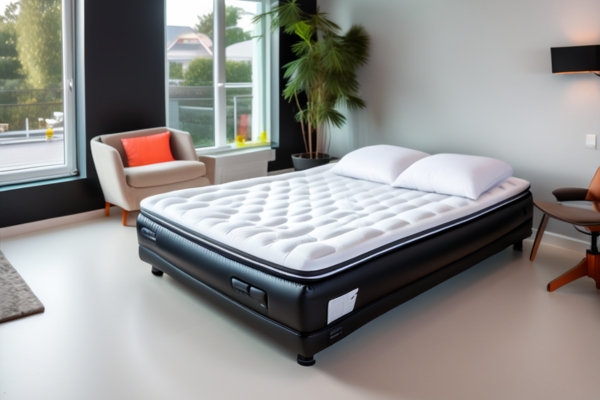Do Air Mattresses Hold Heat?
Imagine this: you’re camping under a starlit sky, snuggled into your sleeping bag on an air mattress. But instead of basking in the warmth of the night, you’re shivering, wishing you had brought a furnace, not an inflatable bed.
This begs the question: do air mattresses hold heat? In short, not particularly. Air itself is a poor insulator, and traditional air mattresses are designed to be cool and breathable, making them less than ideal for chilly environments.
But fear not, fellow outdoor enthusiasts and cozy comfort seekers! This guide explores the ins and outs of air mattress heat retention, offering tips and tricks to stay warm and toasty, no matter where you inflate your slumber haven.
Understanding the Chill: Why Air Mattresses Lose Heat
Several factors contribute to the heat-loss problem in air mattresses:
- Lack of insulation: Unlike traditional mattresses filled with springs, foam, or other heat-trapping materials, air mattresses are essentially bags of air. Air, as mentioned earlier, conducts heat poorly, offering little resistance to your body heat escaping.
- Thinness: Most air mattresses are relatively thin, providing less barrier between you and the cold ground or surrounding air. This allows heat to transfer more easily, leaving you feeling chilly.
- Air circulation: The very structure of air mattresses involves internal air movement, which can further accelerate heat loss through convection.
Keeping the Cozy: Strategies for a Warm Air Mattress Experience
Don’t despair! You can still achieve a comfortable night’s sleep on an air mattress, even in cool conditions. Here are some effective strategies:
Insulate from below:
- Sleeping pad: Invest in a good sleeping pad specifically designed for camping. These pads provide insulation from the ground, significantly reducing heat loss. Look for pads with high R-values, which indicate better insulating properties.
- Carpet or rug: Placing a carpet or rug under your air mattress adds another layer of insulation, especially helpful on cold floors.
- Reflective blanket: Underneath your sleeping pad, a reflective blanket reflects your body heat back towards you, maximizing its efficiency.
Insulate from above:
- Thick blankets: Ditch the thin sheets and opt for thick, fluffy blankets with good insulating properties. Down, wool, or fleece blankets are excellent choices.
- Sleeping bag: If temperatures are truly frigid, consider using a mummy-style sleeping bag on top of your blankets. Its close-fitting design minimizes heat loss.
- Hot water bottle: Fill a hot water bottle before bed and tuck it into your sleeping bag alongside your feet or torso for an extra warmth boost.
Other tips:
- Inflate properly: A slightly firmer air mattress provides better insulation than a super soft one. Ensure your air mattress is inflated to the recommended firmness level.
- Layer your clothing: Wear thermals or other warm sleepwear to retain body heat.
- Pre-warm the mattress: Before climbing in, blow warm air (not hot!) into the mattress using a hairdryer or similar device. This temporarily warms the air inside, providing a head start.
- Stay hydrated: Drinking warm fluids before bed helps regulate your body temperature and can make you feel warmer.
Advanced Solutions:
- Heated air mattresses: Some higher-end air mattresses come with built-in heating elements, offering a luxurious solution for staying warm.
- Electric blanket: An electric blanket placed on top of your air mattress can provide additional warmth, but ensure it’s compatible with inflatable surfaces.
Choosing the Right Air Mattress for Warmth
When shopping for an air mattress, consider these factors for better heat retention:
- Thickness: Opt for thicker air mattresses, ideally 6 inches or more, for improved insulation.
- Materials: Some air mattresses have internal baffles or materials designed to improve heat retention. Look for features like “insulated” or “thermal” in the product description.
- R-value: If available, pay attention to the R-value, which indicates a mattress’s insulating ability. Higher R-values mean better warmth.
Conclusion
While air mattresses might not be natural heat champions, with the right strategies and awareness of their limitations, you can absolutely achieve a comfortable and warm sleep on your inflatable bed. By combining insulation techniques, strategic layering, and smart product choices, you can transform your air mattress into a cozy haven, no matter the weather throws your way.
So, inflate your dreams, embrace the warmth, and enjoy a restful sleep under the stars (or anywhere your adventure takes you)!

